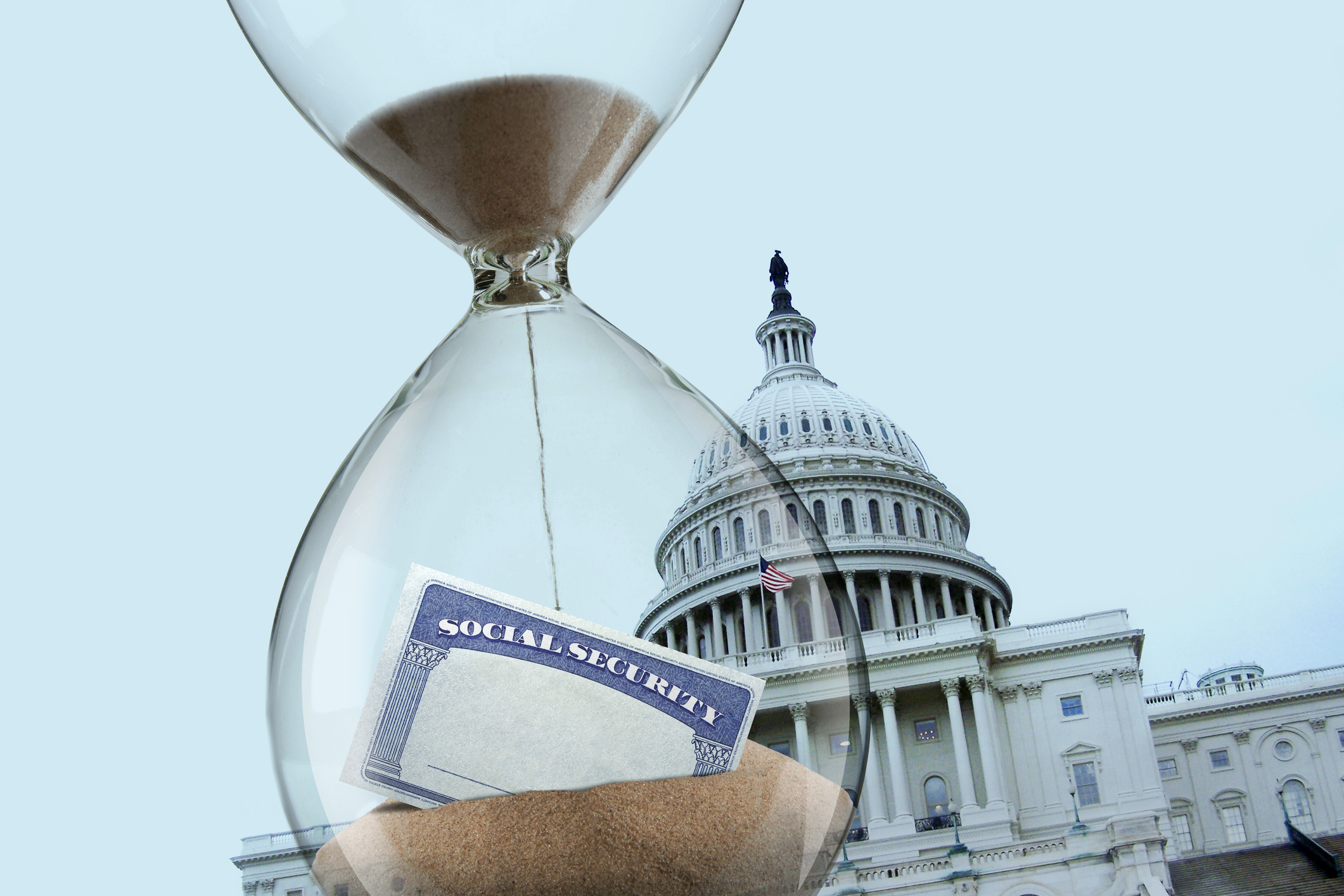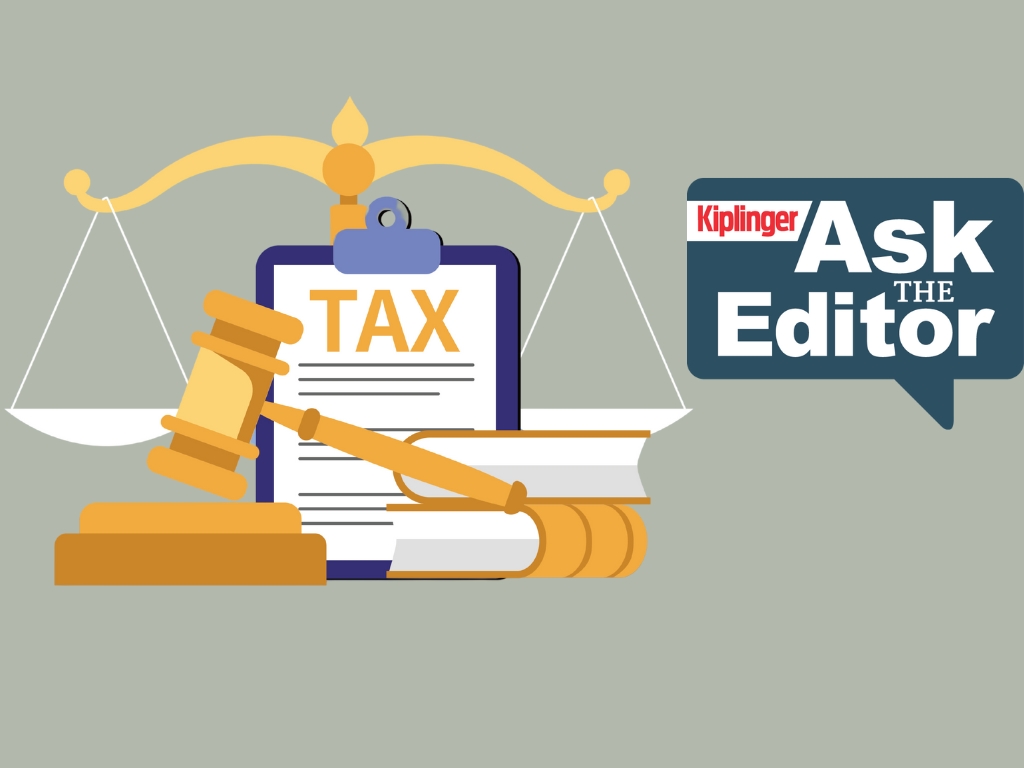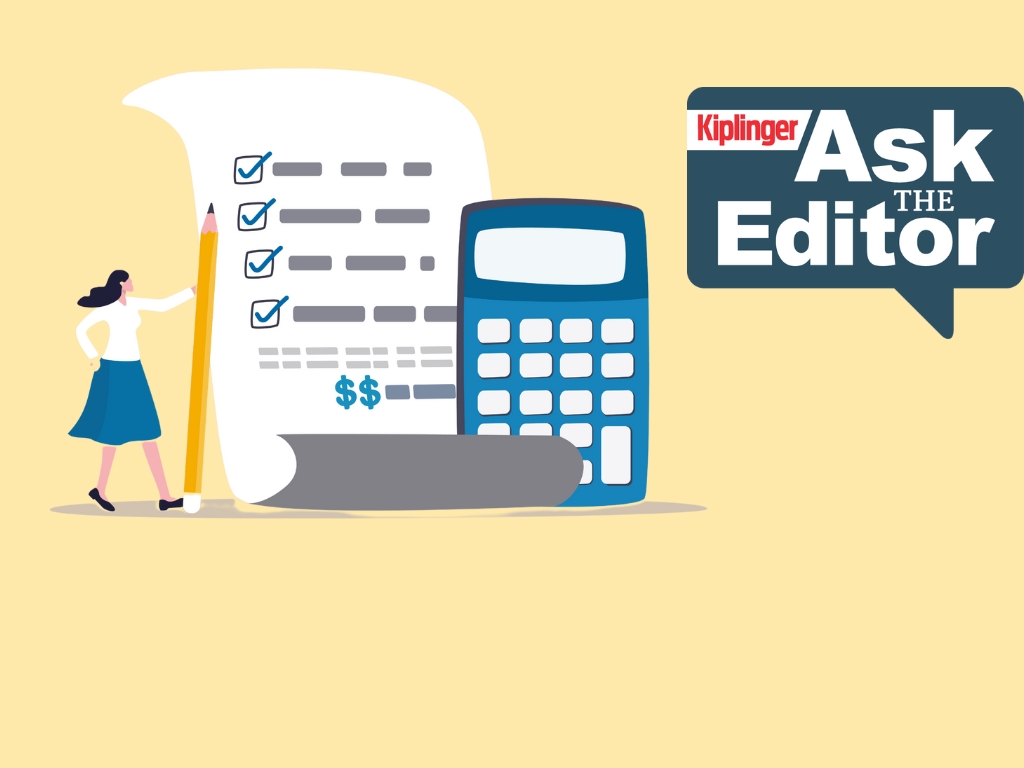The Costly Danger of Putting Extra Money in Your IRA
Uncle Sam will sock you with an annual penalty until you fix your mistake.


Saving in an IRA is a good thing. But stashing away too much in a single year can get you in trouble. Put more money into an IRA than the annual contribution limit, and Uncle Sam will sock you with a 6% penalty each year until the extra money is taken out.
Those most likely to run into the penalty are workers who earn too little to contribute the legal maximum—and, for Roth IRAs, those who have too much income. Also, IRS limits on IRA rollovers raise the odds of getting hit with a penalty. Under the rules, excess contributions "become more of an issue," says Jeffrey Levine, IRA technical consultant for Ed Slott and Co., which provides IRA advice.
Taxpayers younger than 50 can stash up to $6,000 in traditional and Roth IRAs for 2020. Those 50 and older can put in up to $7,000.
From just $107.88 $24.99 for Kiplinger Personal Finance
Be a smarter, better informed investor.

Sign up for Kiplinger’s Free Newsletters
Profit and prosper with the best of expert advice on investing, taxes, retirement, personal finance and more - straight to your e-mail.
Profit and prosper with the best of expert advice - straight to your e-mail.
But you can't put more in an IRA than you earn from a job. "The amount is actually capped to your earnings," says Nancy Montanye, a certified public accountant in Williamsport, Pa. Say a 68-year-old retired early in the year and earned $6,000. If he contributed the $7,000 maximum, $1,000 would be excess.
Those with higher incomes who contribute to Roth IRAs also can run into trouble. Roth eligibility in 2020 phases out for joint filers as modified adjusted gross income rises between $196,000 to $206,000, and for single filers between $124,000 to $139,000. If you expect your income to fall below the phase-out range and make the maximum Roth contribution, part or all of the contribution could be excess if your income ends up over the threshold.
The IRS rules for 60-day IRA rollovers also raise the penalty risk. Regardless of how many IRAs you own, you can roll money out and back into an IRA within 60 days tax free only once every 12 months. If you do more than one rollover, any money that can't count as an annual contribution will be an excess contribution.
Stashing Away Too Much
Because the 6% penalty racks up every year the problem goes unresolved, it's important to address the issue quickly. "The longer you wait, the worse it gets," Levine says. But you do have a couple of options to fix the problem, particularly if you catch it early.
You can avoid the 6% penalty if you withdraw the excess contribution, plus its earnings, by the due date of your tax return, including extensions. However, you must pay ordinary income tax on the earnings. And if you are younger than 59 1/2, you must pay the early-withdrawal penalty of 10%.
Say an account holder had a 2019 excess contribution of $1,000 that earned $200. He would have to take $1,200 out of his IRA by October 15, 2020 (the extended due date for his 2019 return). He would owe income tax on the $200 earnings; at the 24% rate, his tax tab would be $48. If he's younger than 59 1/2, he would owe an additional $20 on the earnings.
If the investment declined, there's a silver lining: "If the value goes down, there's no tax penalty," says Joe Franklin, president of Franklin Wealth Management, in Hixson, Tenn., because there are no earnings to be taxed.
In some cases, it may make sense just to pay the 6% penalty. For instance, the younger taxpayer above would owe a $60 penalty on his excess contribution. "Earnings are ignored in this situation," Montanye says.
The taxpayer can withdraw the excess amount or leave it in the IRA. If he wants to withdraw the extra money, the taxpayer must do so by December 31 of the tax-filing year. But if the taxpayer wants to keep the money in his account, he could reduce his IRA contribution for the following year by the amount of the excess contribution.
Profit and prosper with the best of Kiplinger's advice on investing, taxes, retirement, personal finance and much more. Delivered daily. Enter your email in the box and click Sign Me Up.

-
 Think Twice Before Getting a Credit Card Cash Advance
Think Twice Before Getting a Credit Card Cash AdvanceA credit card cash advance can be a quick solution when you need emergency help with money. But you'll pay for the convenience with high interest and fees.
-
 What is AI Worth to the Economy?
What is AI Worth to the Economy?The Letter Spending on AI is already boosting GDP, but will the massive outlays being poured into the technology deliver faster economic growth in the long run?
-
 Ask the Editor, August 29: Tax Questions on Estate and Gift Taxes
Ask the Editor, August 29: Tax Questions on Estate and Gift TaxesAsk the Editor In this week's Ask the Editor Q&A, we answer questions from readers on estate and gift taxes.
-
 Will You Get a ‘Surprise’ Tax Bill on Your Social Security Benefits in Retirement?
Will You Get a ‘Surprise’ Tax Bill on Your Social Security Benefits in Retirement?Retirement Taxes Social Security benefit payments might land you in hot water when filing 2025 taxes — here are three reasons why.
-
 Ask the Editor, August 22: Tax Questions on What Congress Will Do Next
Ask the Editor, August 22: Tax Questions on What Congress Will Do NextAsk the Editor In this week's Ask the Editor Q&A, we answer questions from readers on what Congress will do next with taxes.
-
 Ask the Editor, August 15: Tax Questions on the OBBB, Tax Rates
Ask the Editor, August 15: Tax Questions on the OBBB, Tax RatesAsk the Editor In this week's Ask the Editor Q&A, we answer tax questions from readers on the OBBB and changes, if any, to tax rates.
-
 Ask the Editor, August 8: Tax Questions on Roth IRA Conversions
Ask the Editor, August 8: Tax Questions on Roth IRA ConversionsAsk the Editor In this week's Ask the Editor Q&A, we answer tax questions from readers on converting a traditional IRA to a Roth IRA.
-
 Ask the Editor, August 1: Tax Questions on Standard Deductions
Ask the Editor, August 1: Tax Questions on Standard DeductionsAsk the Editor In this week's Ask the Editor Q&A, we answer tax questions from readers on claiming standard deductions on your tax return.
-
 Ask the Editor, July 25: Questions on Four New Tax Deductions
Ask the Editor, July 25: Questions on Four New Tax DeductionsAsk the Editor In this week's Ask the Editor Q&A, we answer tax questions from readers on four new tax deductions in the "One Big Beautiful Bill."
-
 Five Ways Trump’s 2025 Tax Bill Could Boost Your Tax Refund (or Shrink It)
Five Ways Trump’s 2025 Tax Bill Could Boost Your Tax Refund (or Shrink It)Tax Refunds The tax code is changing again, and if you’re filing for 2025, Trump’s ‘big beautiful’ bill could mean a bigger refund, a smaller one or something in between next year. Here are five ways the new law could impact your bottom line.